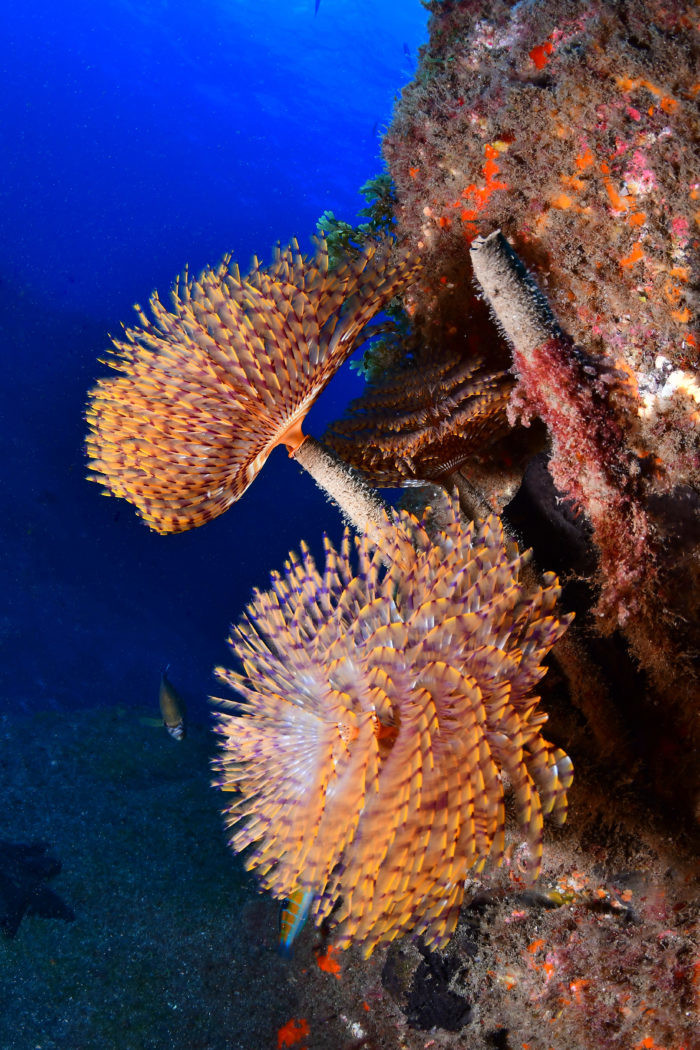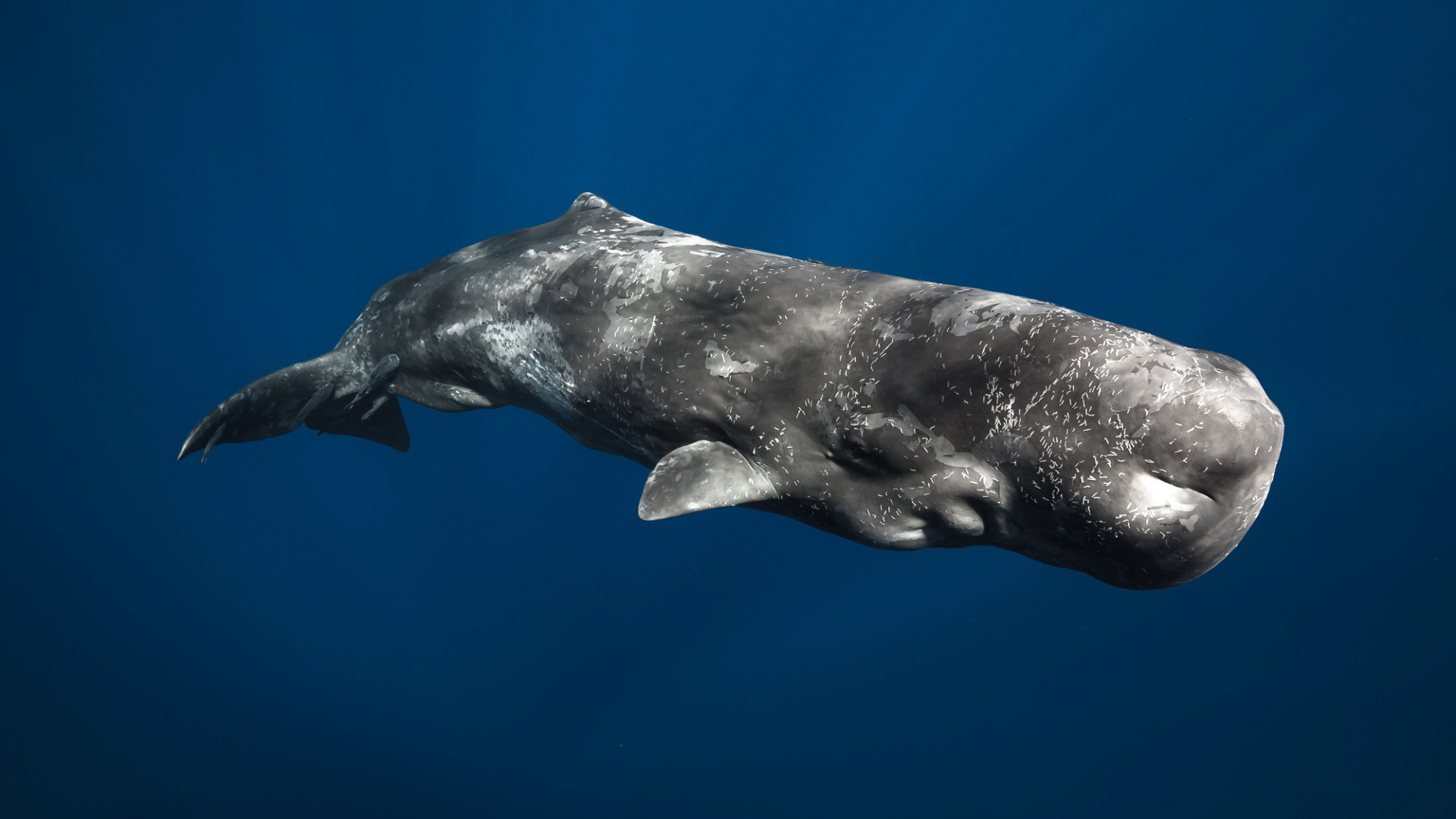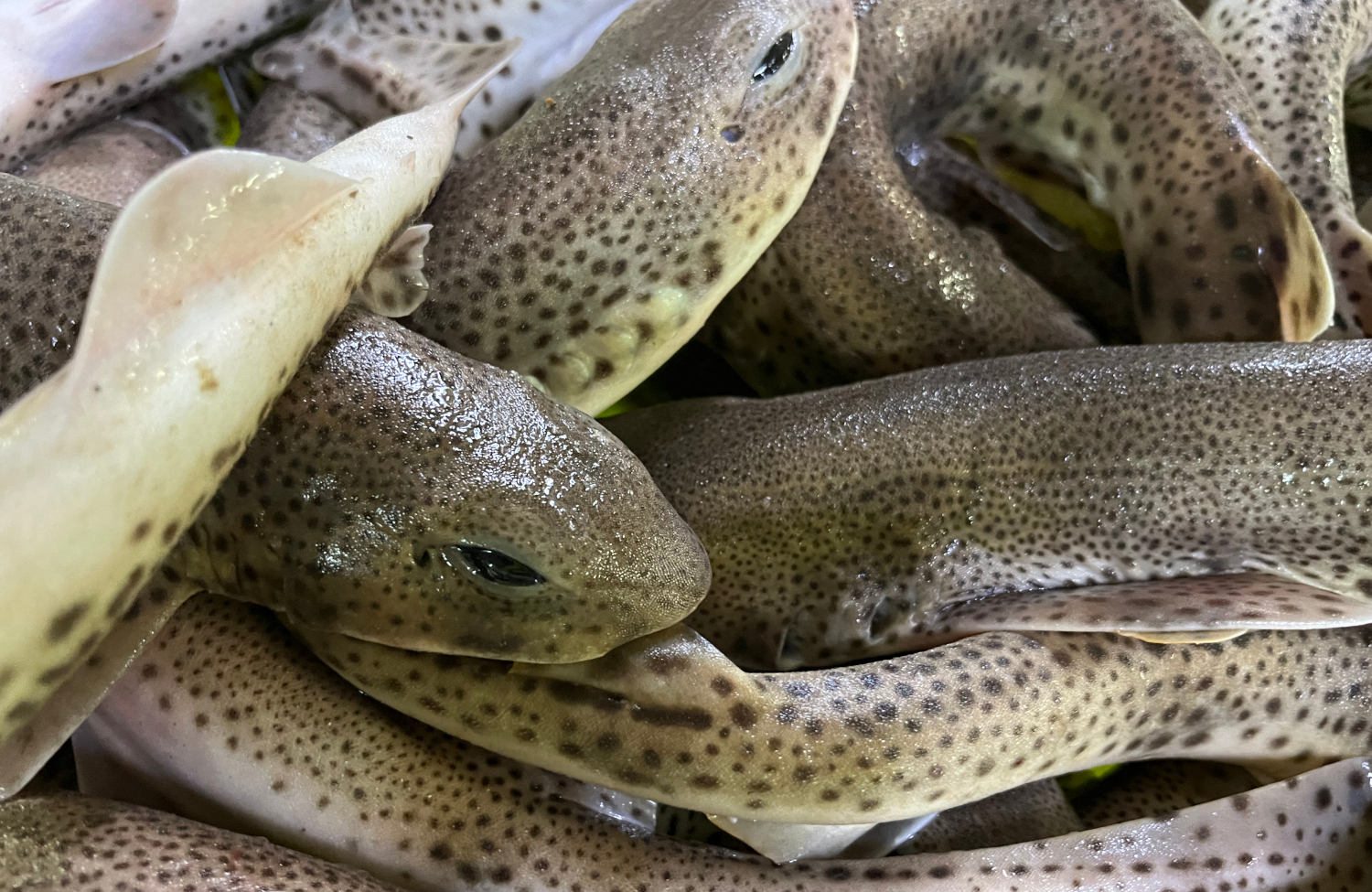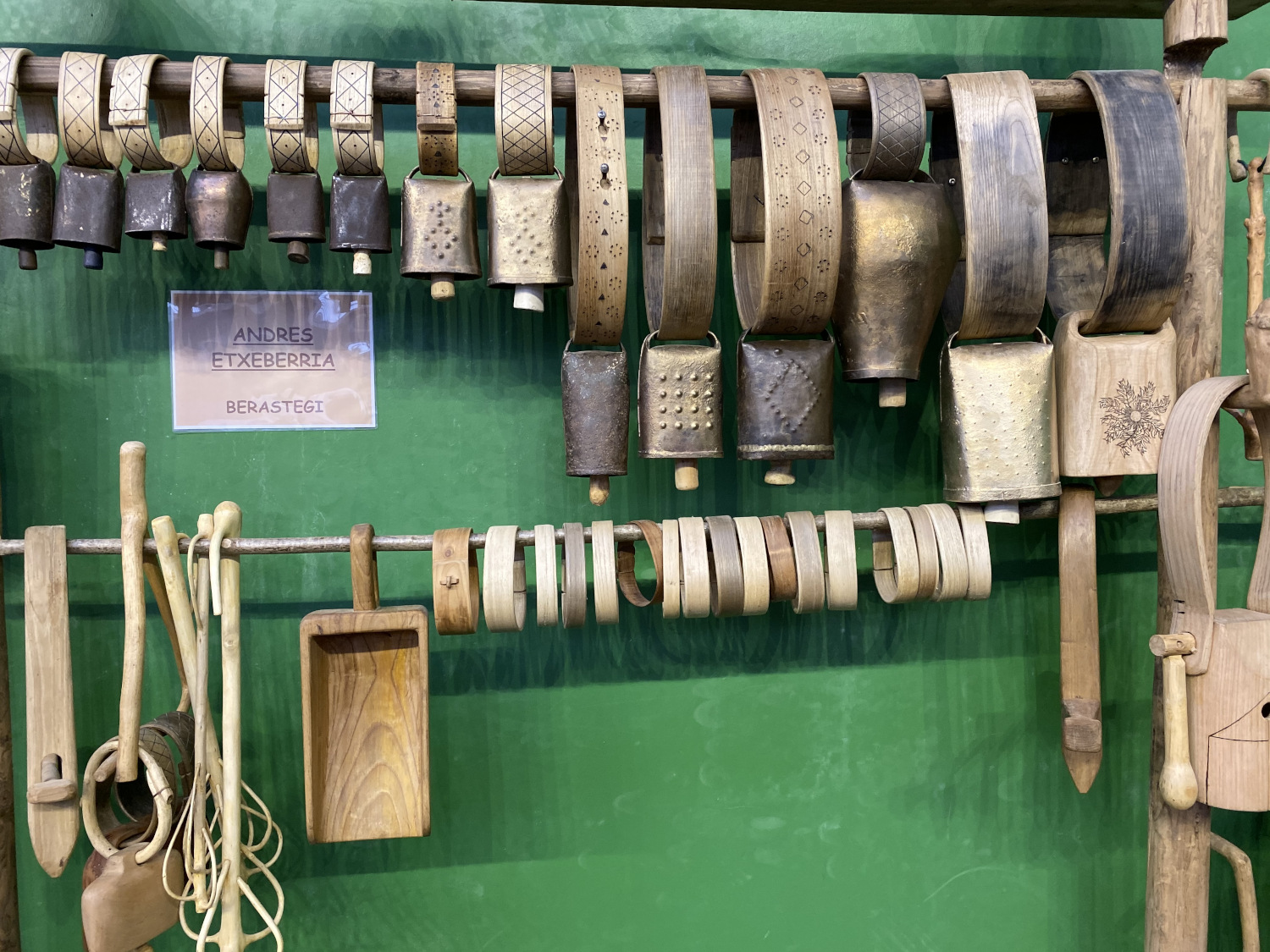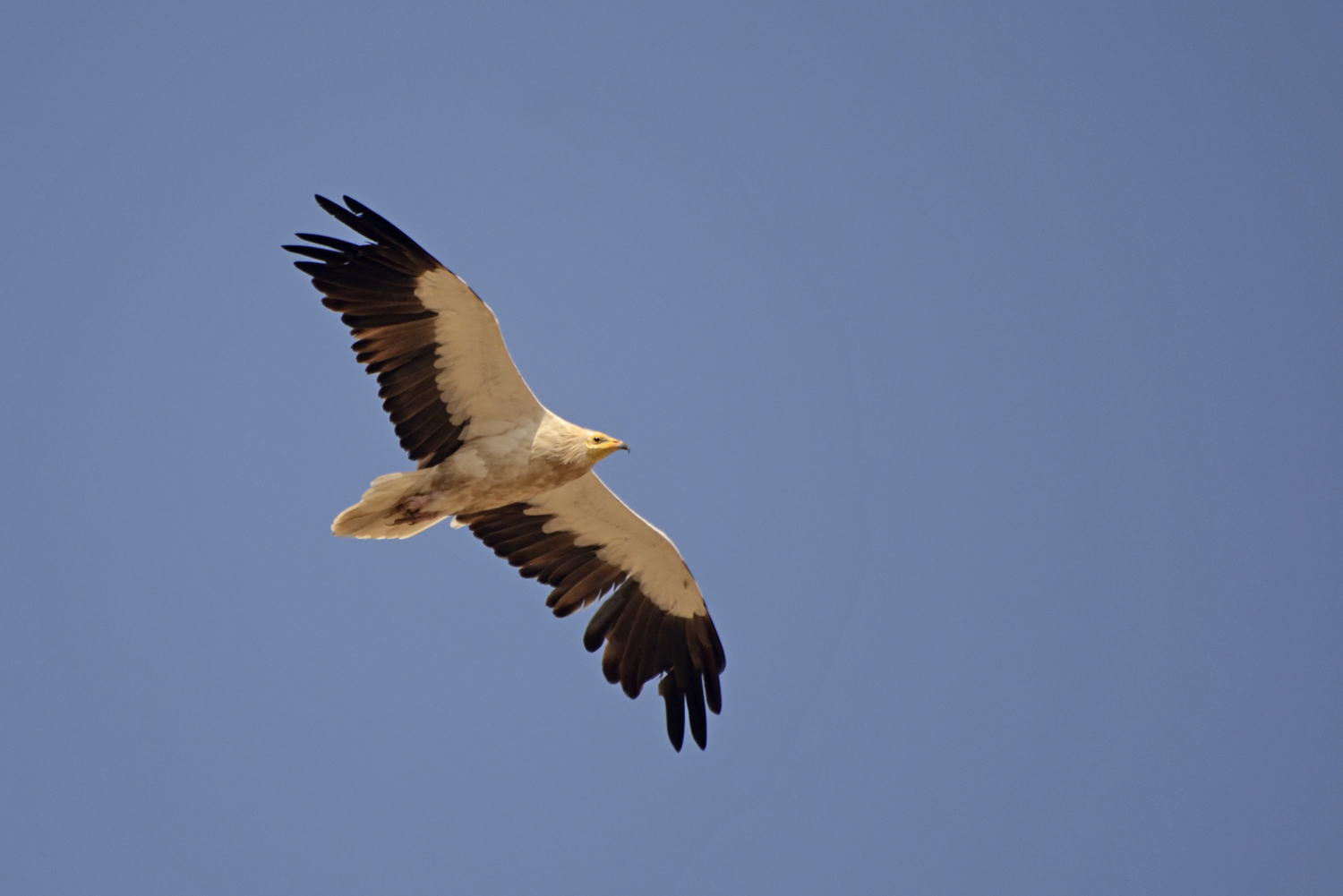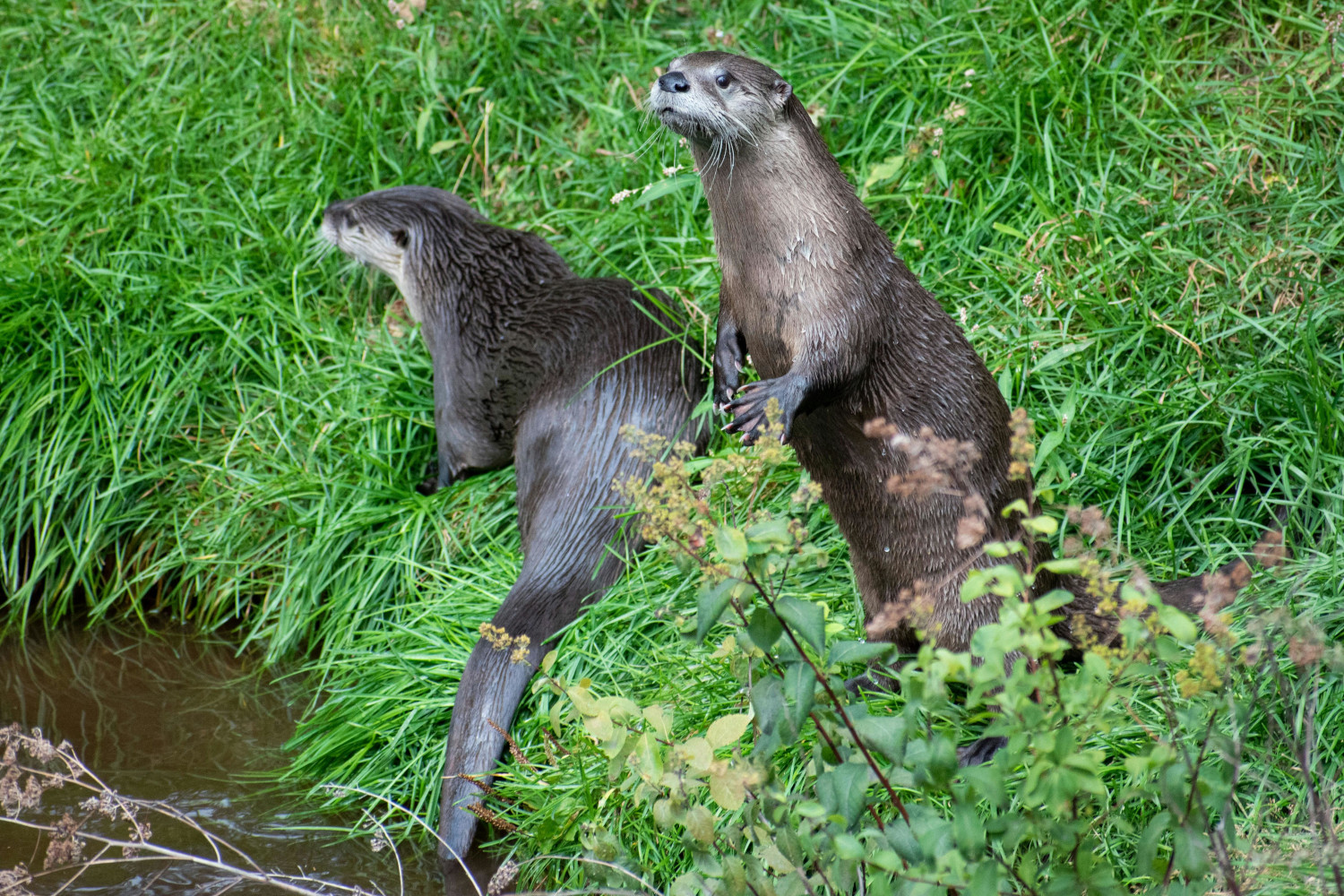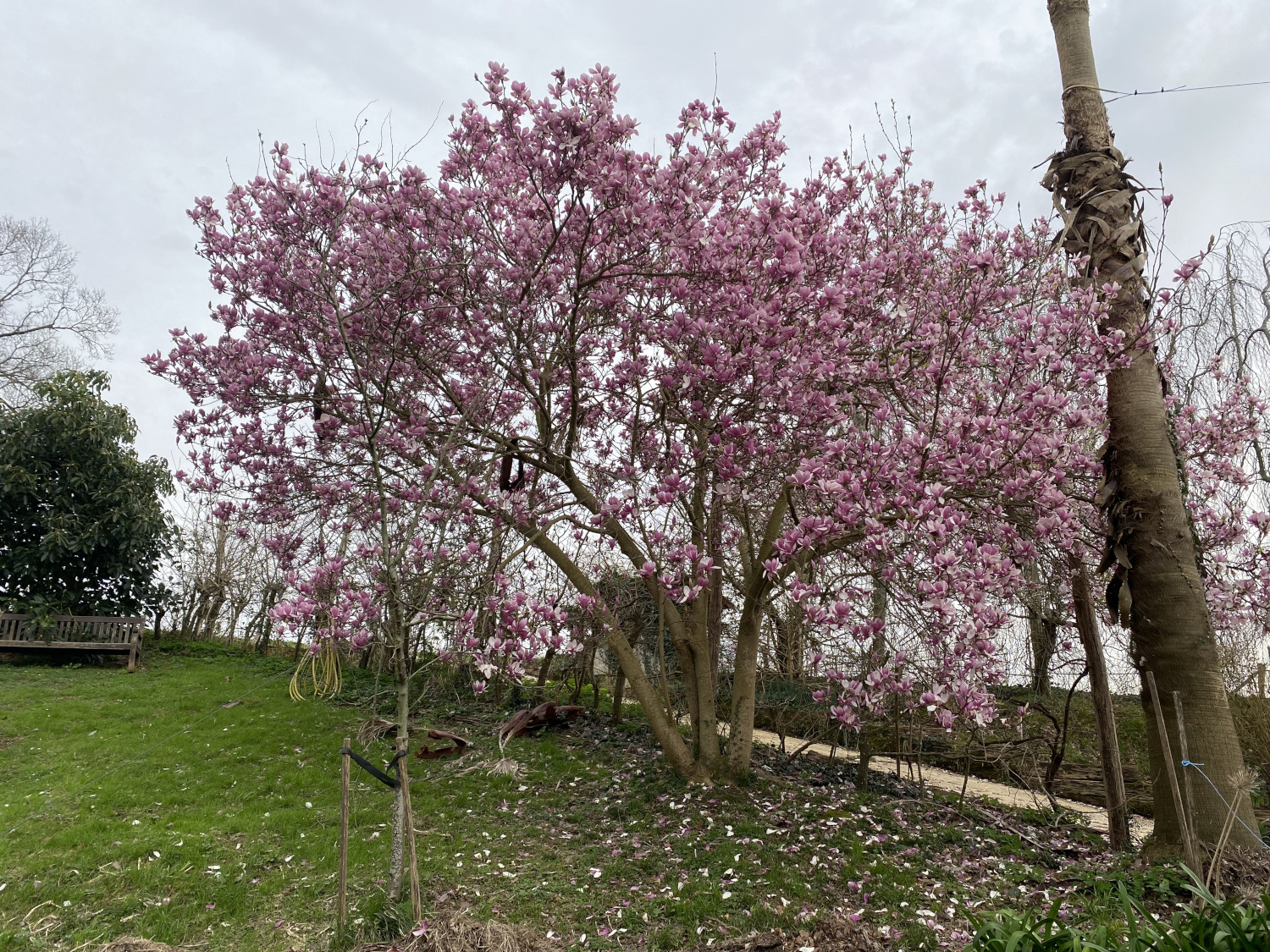Cleaning
- The ability to clean is a trend that bees have from birth to death. As soon as he is born, he begins to clean the honeycomb, to remove the pieces of wax that he has broken from the hive.

The habit of washing is not only a capacity they have in newborns, but adult bees also continue to clean. Adults do not wash the hive, but clean each other.
A mite called clay adheres to worker bees when they walk from flower to flower through the body. This mite causes great damage to bees, and to combat it, try to clean or remove mites. Monkeys also have a similar trend with lice, but in this case they are eaten.
The taste of beekeepers is that of hives, which have a great predisposition to the removal of mites, which demonstrates their ability to fight diseases.
Beekeepers have done several tests to measure the ability to wash the hive, tests called “bretest”. The purpose of these specimens is to measure the ability to wash the bee.
To do this, we punched with a needle 100 bees that are born: the needle kills those 100 bees.
Beekeepers measure, through a stopwatch, how long it takes to identify and fire dead bees to find out what the cleanest hive in our hive is.
The bee, as you can see, pulls everything dead out of the hive so it doesn't make her family sick. It's not the only thing it does against disease.
The bee disinfects all the panals, edges and locks, covering them with propolis, as propolia is a disinfectant resin it gets from the plant.
I haven't seen a mature bee yet that doesn't get the dirt out of its hive.
However, there are repugnant creatures: the beehives filled with trash, the dirty wax and everything it has in the beehive… and the bees cannot clean it!
Cleaning will not be mere mania, it will be necessary. Because it's obvious that the bee does few useless jobs.
Automatizazioaren eta abereen inguruan kuxkuxeatzen ari nintzela, ukuilu automatizatuen informazioa hasi naiz eskuratzen. Nire idazmahaiaren erosotasunetik idazten, gizakion kontsumorako modu masiboan esplotatzen ditugun abereen bizitzak nahiko penagarriak direla iruditzen zait,... [+]
Itsasoan badira landareen itxura izan arren animalia harrapari diren izaki eder batzuk: anemonak. Kantauri itsasoan hainbat anemona espezie ditugun arren, bada bat, guztien artean bereziki erraz atzemateko aukera eskaintzen diguna: itsas-tomatea.
Zer esango zenioke Palestinako aktibista bati aurrez aurre izango bazenu? Ni mutu geratu nintzen Iman Hammouri nire herrian bertan aurkeztu zidatenean. Eskerrak andre nagusi bat gerturatu zitzaigula eta solaskide roletik itzultzailearenera pasa nintzela.
Palestinako Popular... [+]
Ugaztunei eskainitako azken artikuluaren amaierako hitzak hurrengo animalia aurkezteko aitzakia paregabea dira. Bertan esaten genuen muturluzeak erreka “garbi eta txukunak” behar dituela, kutsadurarik gabeak baina elementu natural anitzekin. Animalia txiki horren... [+]
PP, Vox, Junts eta EAJren botoekin Espainiako Kongresuak onartu du otsoa espezie babestuen zerrendatik ateratzea eta, horren ondorioz, berriz ehizatu ahal izango dute Duero ibaitik iparrera.
Magnoliak eleganteak dira. Dotoreak. Anddereak. Pontxoak. Apainak. Pimentak. Gurbilak. Ponposak, ponpoxearrenak. Ortiroak. Ia-ia fazazkoak, kriket eta kraket. Ez naiz harritzen, beren loraldien azpian lurrarekin urtzerainoko handitasunaren menpeko sentitzen naiz urtero.








